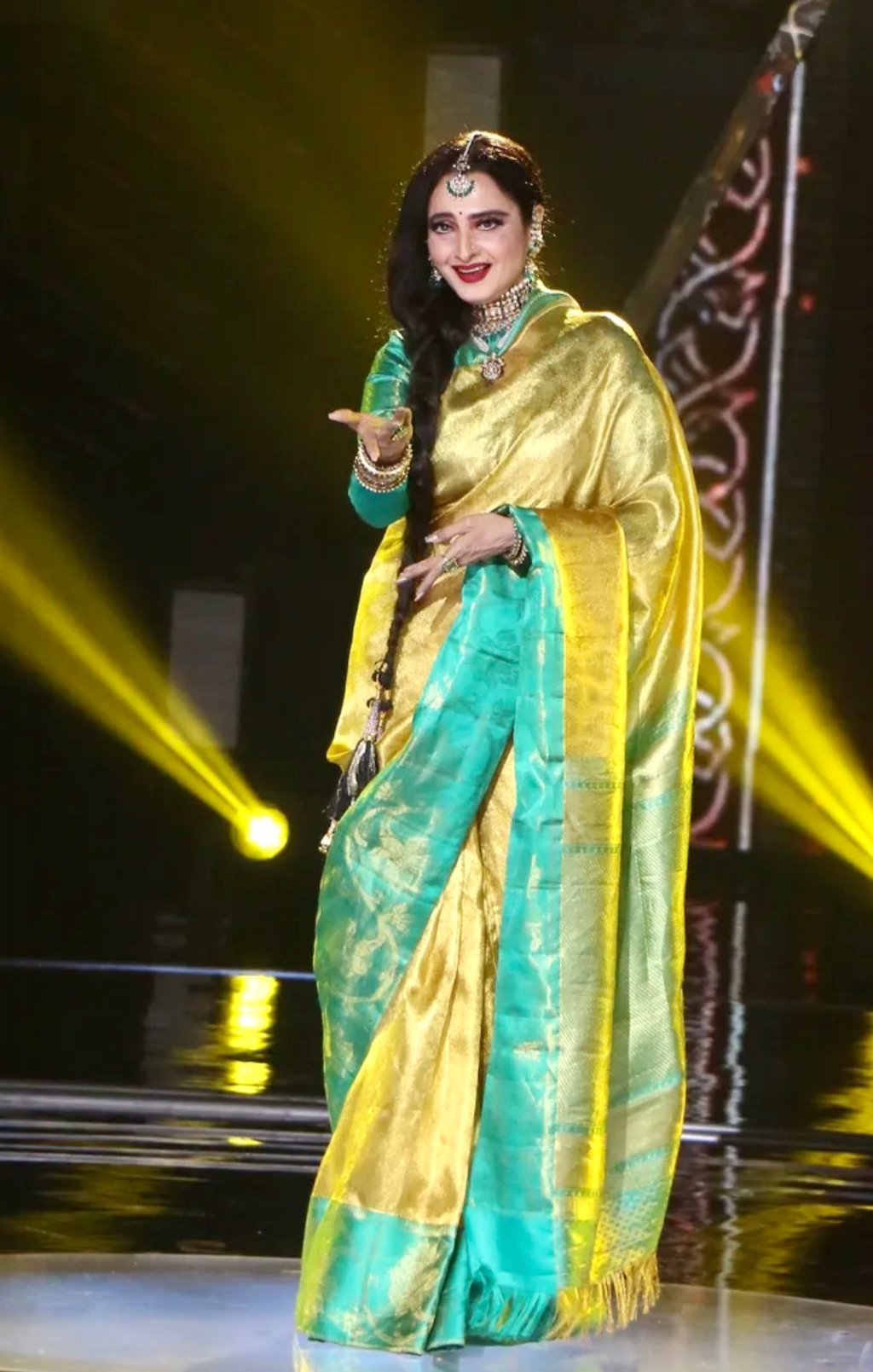Mysore, Varanasi, Aurangabad, Kanchipuram, Patan – the ‘sari clusters’ where India’s brides spend big
- Made of woven fabric and worn draped over a woman’s body, the sari dates back centuries. Brides’ families scour India for the best hand-produced garments

Paithani, Patola, Kanjeevaram, Chanderi, Banarasi, Jamdani, Gadwal, Sambalpuri … whatever the style, India’s love affair with the sari is unwavering and dates back centuries.
The unstitched garment, made of woven fabric between six and nine metres in length, is worn draped over a woman’s body and is ubiquitous across the country, especially during weddings.
One in four of the world’s weddings takes place in India, according to Timothy Chi, CEO of The Knot Worldwide, which runs the tech platform WeddingWire India. And a survey by the Confederation of All India Traders revealed that about 3.5 million weddings were solemnised across the country between November 23 and December 15 last year – the first period of the winter wedding season – generating business amounting to about 4.25 trillion rupees (US$51 billion).
A 26 per cent jump from the previous year, the surge is expected to continue during the next phase of the wedding season, from mid-January to July, dates determined by their auspiciousness in the Hindu calendar.

In preparation, families often travel to one of a number of “sari clusters” across India, to pick up exclusive pieces, spending hundreds of thousands of rupees on brocade-rich Banarasi saris in Varanasi, Uttar Pradesh; on double-ikat Patola saris in Patan, Gujarat state; or on pure-silk Kanjeevaram saris in Tamil Nadu.
